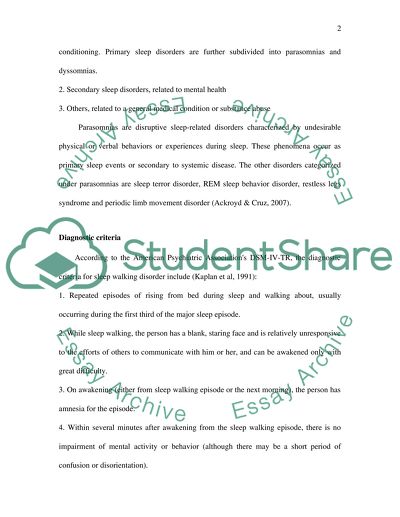Cite this document
(“Sleepwalking Disorder For Psychology II Undergraduate Degree Class Essay”, n.d.)
Sleepwalking Disorder For Psychology II Undergraduate Degree Class Essay. Retrieved from https://studentshare.org/miscellaneous/1543152-sleepwalking-disorder-for-psychology-ii-undergraduate-degree-class
Sleepwalking Disorder For Psychology II Undergraduate Degree Class Essay. Retrieved from https://studentshare.org/miscellaneous/1543152-sleepwalking-disorder-for-psychology-ii-undergraduate-degree-class
(Sleepwalking Disorder For Psychology II Undergraduate Degree Class Essay)
Sleepwalking Disorder For Psychology II Undergraduate Degree Class Essay. https://studentshare.org/miscellaneous/1543152-sleepwalking-disorder-for-psychology-ii-undergraduate-degree-class.
Sleepwalking Disorder For Psychology II Undergraduate Degree Class Essay. https://studentshare.org/miscellaneous/1543152-sleepwalking-disorder-for-psychology-ii-undergraduate-degree-class.
“Sleepwalking Disorder For Psychology II Undergraduate Degree Class Essay”, n.d. https://studentshare.org/miscellaneous/1543152-sleepwalking-disorder-for-psychology-ii-undergraduate-degree-class.


